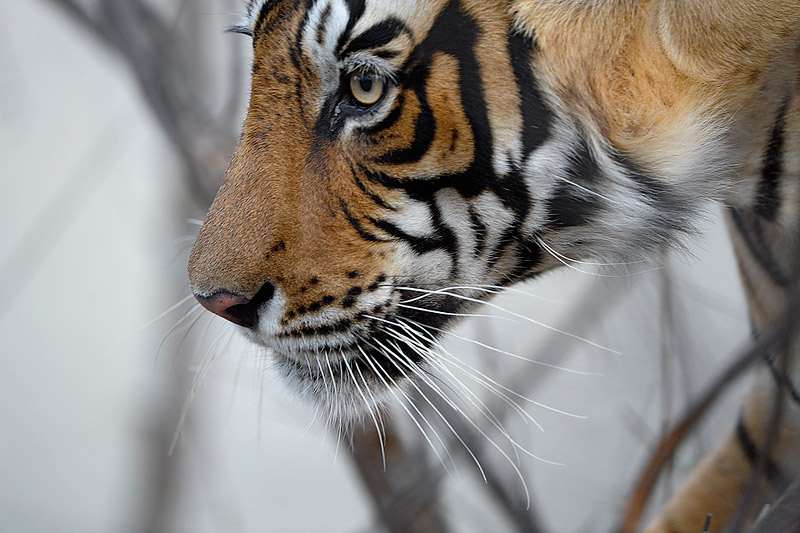In today’s time most wildlife photographers are associated with projects that target conservation, and protection of the wildlife. Photos have a much long-lasting impact on the human mind as compared to words. Hence these are a better medium to express how certain wildlife species have gone extinct. Saxen Van Coller has been working with various agencies who are fighting for the rights of animals. The growing population and the continuous deforestation is the reason many wild animals are on the verge of extinction. Wildlife photographer are doing their best to make the people aware and be an active part to preserve the wildlife.
Over the years we have seen that many of our wildlife species have seriously declined. Saxen Van Coller has been working hard and trying to show the world through her pictures the extinction of certain endangered and vulnerable wildlife species. In her collection you can see some rare photos of the Amur Leopard, Black Rhino, Hawksbill Turtle, South China Tiger, Sumatran Tiger and Elephant. Among these are some other species such as the Bengal Tiger, Blue Whale, Giant Panda, and the Green Turtle who are extremely vulnerable.
Saxen Van Coller suggests that although photographs leave an impact yet it is us who need to bring in the change. We are a dominant species and it is our responsibility to make an effort in slowing the acceleration of the natural resources. It is time to reduce, recycle and reuse as the more we work towards it the better it will be for the wildlife. Industrial wastes are being dumped in forest and water which is posing a mass threat to the species who are dying every day. This pollution is killing endangered species who are forced to move their habitat.
The decision you make today will determine your future and the future of the wildlife. Seeing this problem a number of wildlife rehabilitation centers have opened up in the country. These are treating sick and injured wild animals with an attempt to restore their health and releasing them in the wild. Volunteers from across the globe have joined these centers who are working for the well of wildlife.A number of wildlife photographers across the globe have come together in this initiative to help protect and restore all wildlife.




